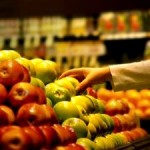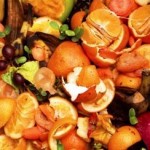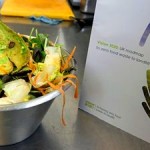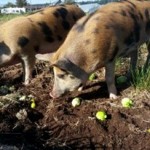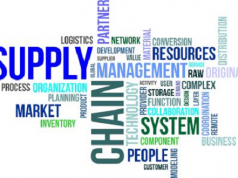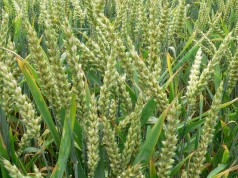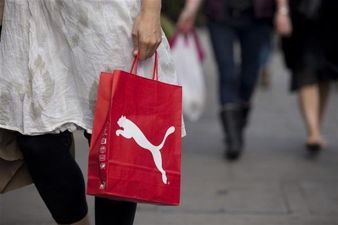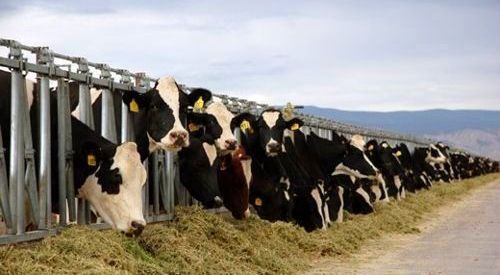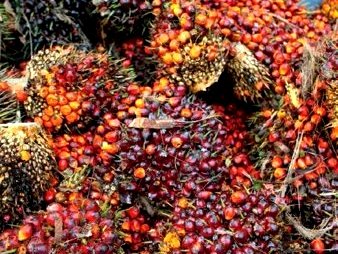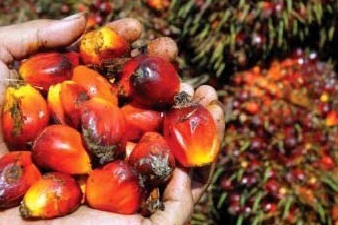In his speech, Philip Clarke said, “When I said earlier this year that Tesco wanted to lead in reducing food waste, I wasn’t just talking about reducing food waste in our own operations. I meant making a difference from the farmer’s field to the customer’s fridge and beyond. We are the world’s third largest retailer, so clearly we have a responsibility to minimise the food wasted in our stores. However, we sit at the heart of the value chain and this gives us a crucial vantage point and a shared responsibility to act far beyond the doors of our stores.”
He further added, “We’re using this insight to drive innovation. We’re tackling this [food waste] by focusing on 25 of the most frequently purchased food items bought by our customers. We know small reductions in food waste will rapidly make a big difference in reducing overall waste levels. Over the last six months, my team of experts has put together food waste footprints from the farmer’s field to the customer’s bin. We’ve worked with a range of suppliers and experts across the globe, including WRAP. The output is really simple, but it gives great steer on where to act.”
Source: Tesco.
Notes:
Farm to Fork Methodology
Tesco has established the food waste profiles for 25 of the most frequently purchased products. For each of the 25 foods, Tesco engaged with its producers and suppliers and collected data on the levels and causes of food waste. This information was combined with waste data from Tesco operations and WRAP data* on levels of waste in the home to give an overall food waste ‘footprint’ for each product. This shows where the waste ‘hotspots’ occur and allows the company to develop a waste reduction action plan and targets for each product.
* Consumer waste data is derived from published WRAP data and will be updated as new data is available from WRAP in 2014.

